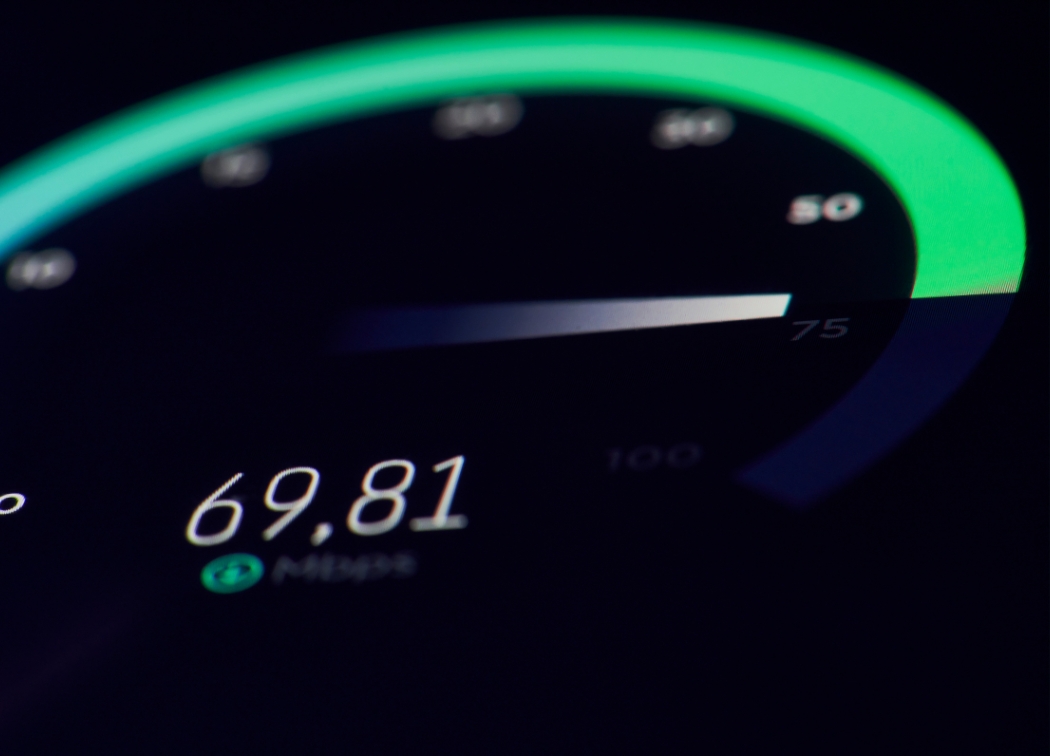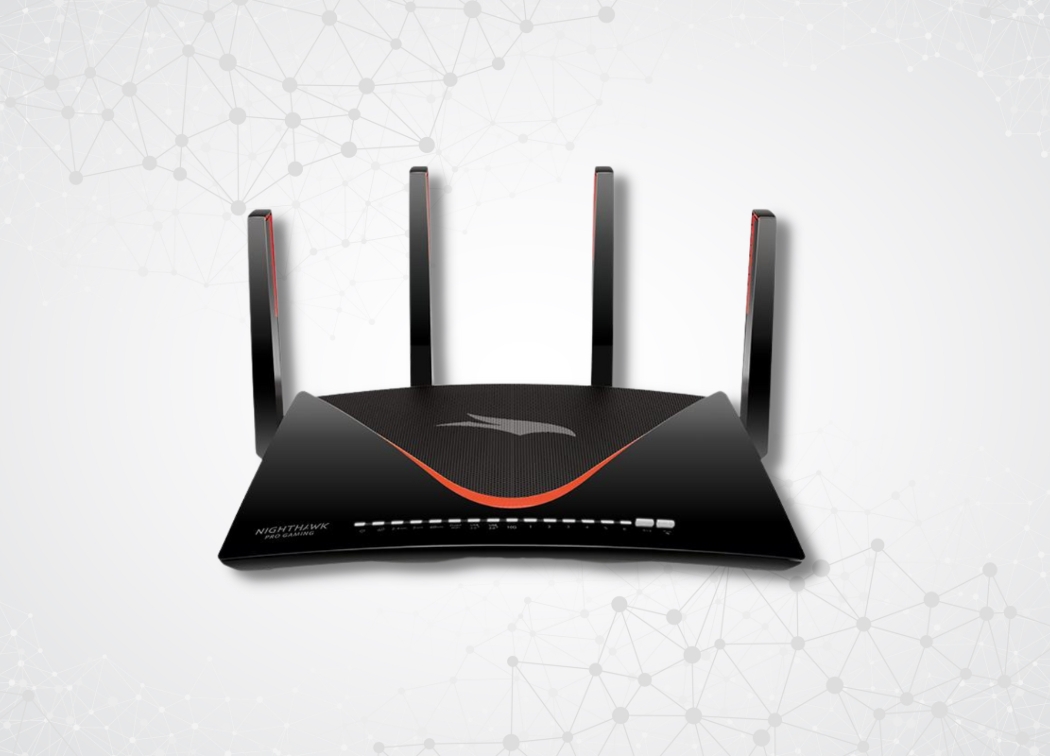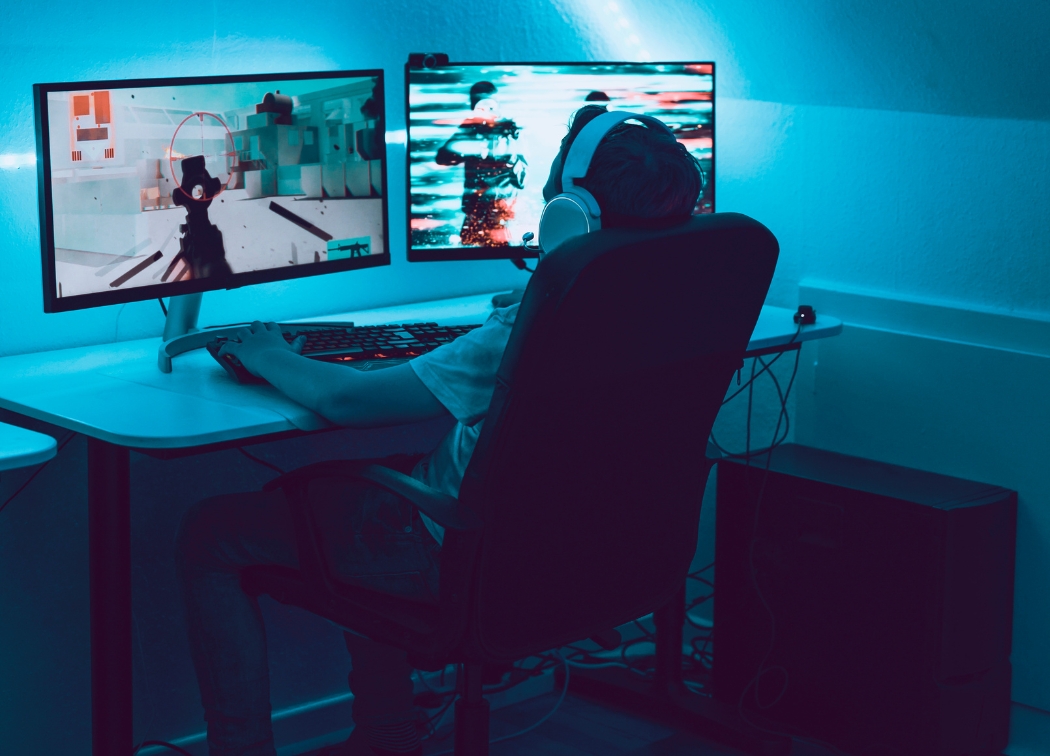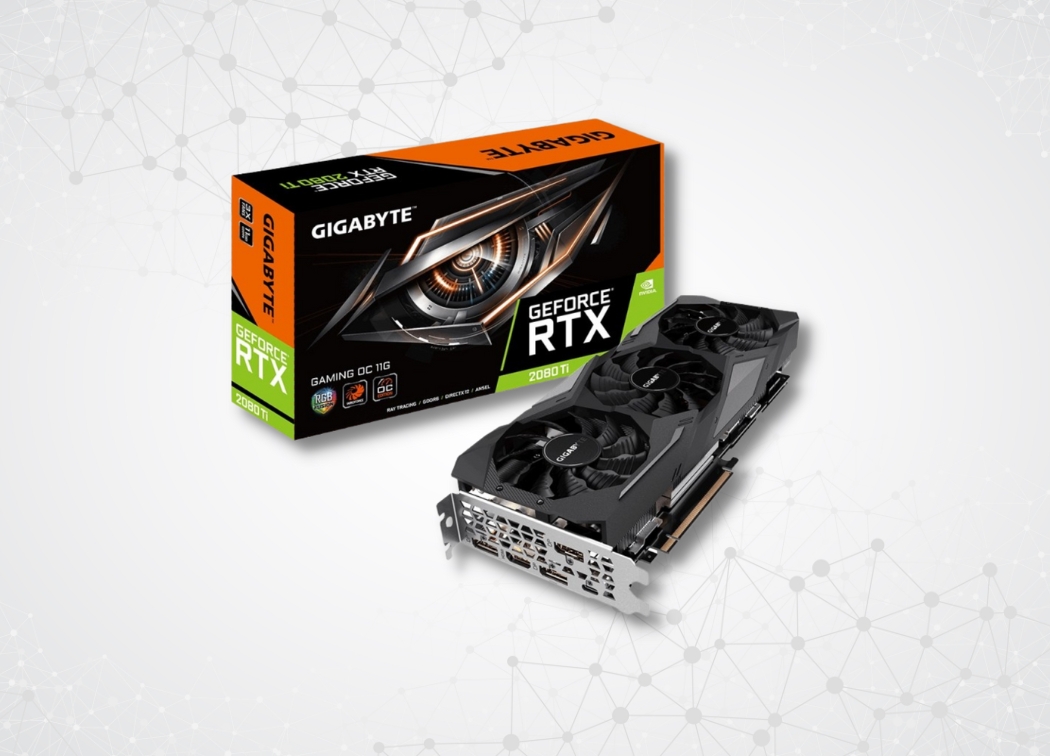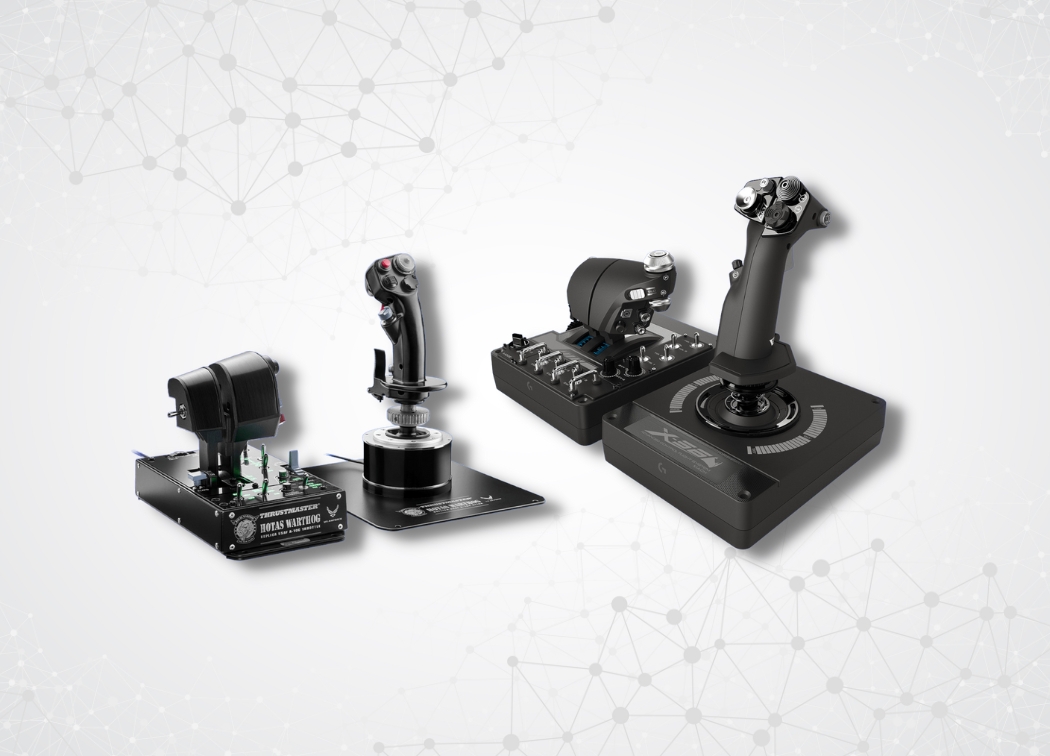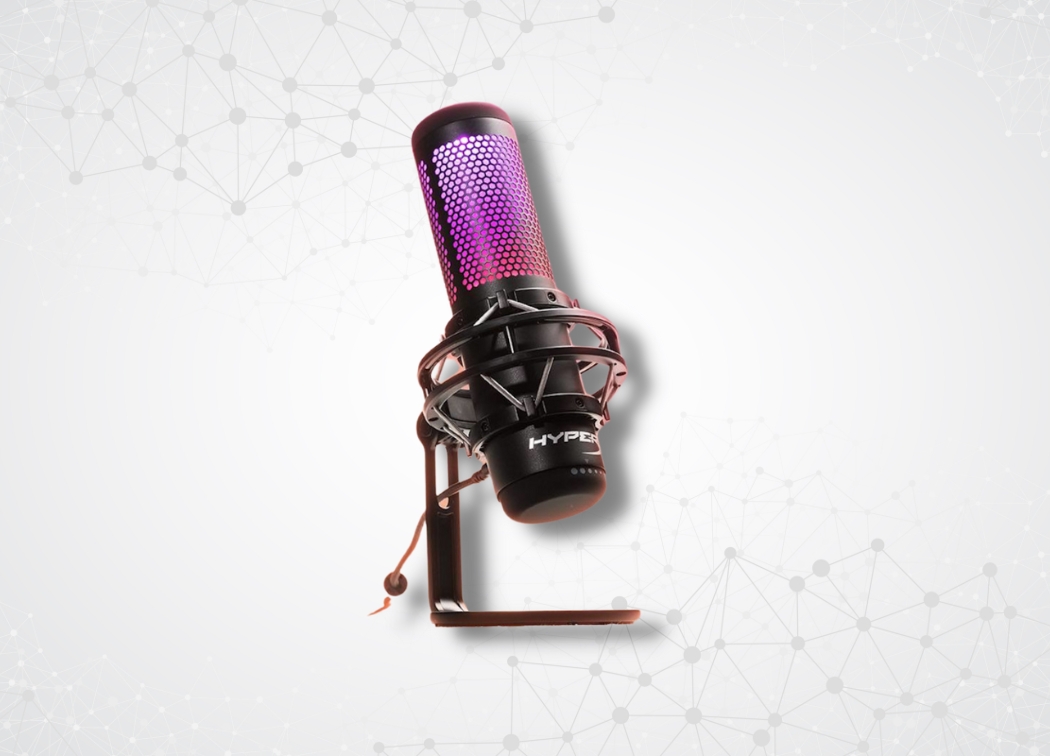Most of you have heard of the term monitor response time.
In fact, some of you may even know that the normal response time is 4ms for VA panels and IPS, and 1ms for TN panels.
However, most people still think that monitor response time means speed, which is simply not true.
Monitor response time actually takes into account how quickly a pixel can change from one shade of gray to another or from black to white.
This measure is usually displayed on the packaging but only for monitors. You won’t find this information when it comes to TVs even though other information like resolution and refresh rate will be present.
On the other hand, manufacturers rarely advertise input lag, which many people think is actually monitor response time. See our guide on what to look for in a gaming monitor.
Input lag represents the time that needs to pass after you hit a key or click the mouse in order to get a result on the screen. Simply put, it represents the actual reaction speed.
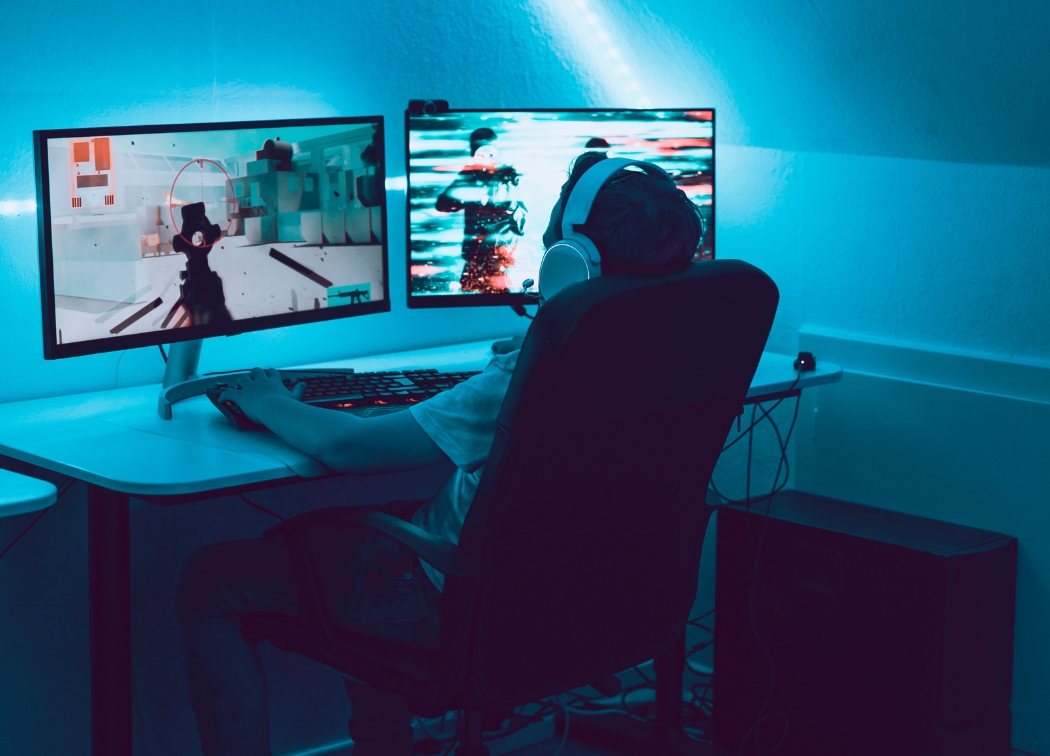
Why Is Monitor Response Time So Important?
We have already mentioned that monitor response time is how quickly a pixel can change from black to white.
However, that measure is maybe even more important when it comes to changing from one shade of gray to another. The reason is that various shades of gray represent how intense colors appear on your monitor through a filter.
Let’s take for example a light shade of gray. With such a shade, more light will pass through a certain color filter. As a result, you will see a brighter and more vibrant color than you would with a dark gray.
Therefore, monitor response time is more about individual pixels than how your monitor displays inputs from peripherals after a delay.
If there’s a lot of action happening on your screen, this specification can play a huge role in making everything look top-notch.
Response Time: How Does it Work?
When you’re thinking about monitor response time, you need to think in pixels.
In order to have everything appear clearly on your monitor, the pixels will need to transition to different shades of gray before the frame on your screen ends.
This needs to happen so that the pixels can display the next frame in time. So how much time is that?
Monitor response time is usually represented in milliseconds because one frame on a standard 60hz monitor will stay on your screen for under 17 milliseconds.
However, note that a monitor isn’t any better than others if it needs fewer milliseconds than a regular one to display one frame.
Have You Experienced the ‘Ghosting’ Phenomenon?
Even though it may sound weird, the ‘ghosting’ phenomenon isn’t really a big deal> Especially if you are using your computer for general web browsing and social networks.
Yet, if you’re a gamer or if you like to watch Hi-Res movies with a lot of fast-paced action, then it’s bound to annoy you.
‘Ghosting’ is when a moving object on your screen lags and leaves trails similar to a slow motion effect.
This happens due to the long response time, i.e., the pixels are too slow and can’t switch to another shade of gray before the next frame appears.
So, if you experience this on a regular basis, you should consider buying a different monitor. A standard 60hz monitor will usually be enough to provide you with decent response time.
Monitor Response Time in Different Panel Technologies
If you’re looking for a new monitor, you can choose from three different panel technologies:
- VA or Vertical Alignment panel monitors
- IPS or In-Plane Switching panel monitors
- TN or Twisted Nematic panel monitors
All these panels come with their own sets of benefits and drawbacks.
Therefore, it may be hard for you to decide on one just because it has a better monitor response time. You have to take other factors into consideration too.
Twisted Nematic Panel Monitors (TN)
You’ll probably decide on TN panel monitors because they have the fastest monitor response time that is currently available on the market.
Let’s be honest — 1ms seems blazingly fast when compared to the standard 17ms.
Yet, you should be wary of these monitors since they have the worst color reproduction when compared to the other two technologies mentioned in the previous section. Furthermore, they offer extremely narrow viewing angles.
Narrow viewing angles will cause the image to shift in contrast and color if you look at the monitor from the sides or from below.
As a result, these monitors are paired with a 144hz refresh rate and used usually by gamers for a smooth and lag-free gaming experience.
Related: what cables support 144hz?
In-Plane Switching Panel Monitors (IPS)
If you choose an IPS panel monitor, you should know that it will provide you with 178-degree viewing angles.
Also, these monitors will give you more accurate and consistent colors.
If you’re a graphic designer, or you simply often use Photoshop or other image manipulation software, you’ll find these monitors to be very rewarding.
Related: Best drawing tablets – buyer’s guide
The monitor response time in IPS panel monitors is usually 4ms. However, even though this response time is worse than in TN panel monitors, most people won’t even notice the difference.
Vertical Alignment Panel Monitors (VA)
You’ll find that VA panel monitors and IPS panel monitors are very much alike. VA panel monitors also have 178-degree viewing angles.
However, you’ll find that unlike IPS, the VA ones may still produce slight shifts in contrast.
VA panel monitors will provide you with an extremely high static contrast ratio. You can expect to see the darkest blacks and the brightest whites.
Furthermore, they have a monitor response time of around 5ms. But due to the high contrast, the pixels in these monitors will take more time to switch to other shades.
As a result, the ‘ghosting’ effect is more likely to appear.
Final Thoughts
Monitor response time isn’t the most important specification you should pay attention to when you are buying a monitor.
Yet, longer response time will produce the ‘ghosting’ phenomenon. That can pose a problem if you need a fast-paced experience.
So, if you are looking for a gaming monitor, we recommend that you choose TN panel monitors. In all other cases, you should opt for either IPS or VA technology due to the better color quality and wider viewing angles.
Related posts:

